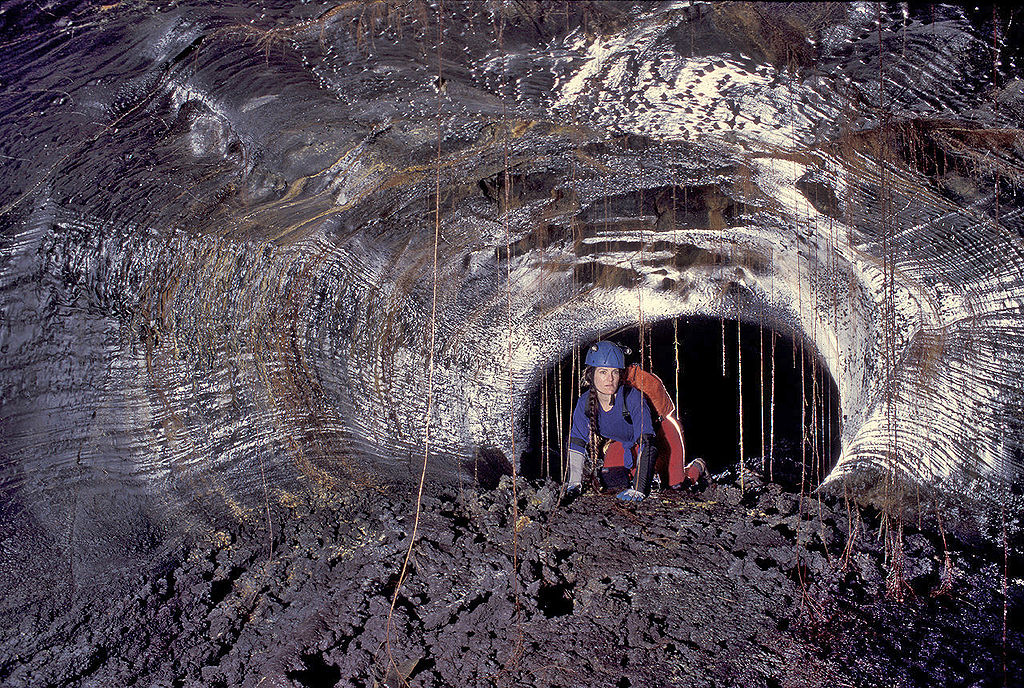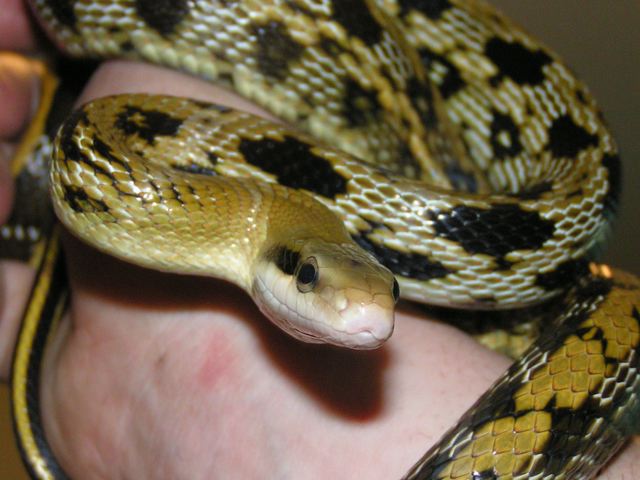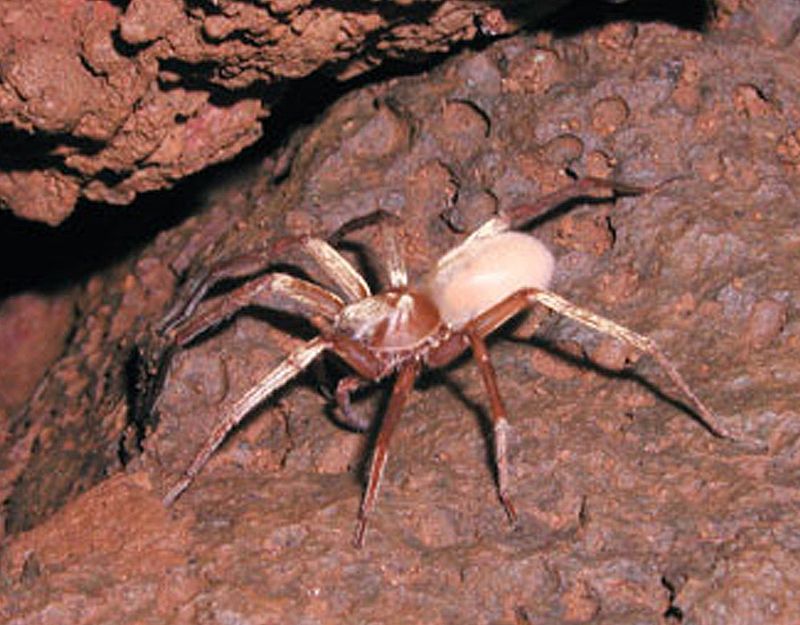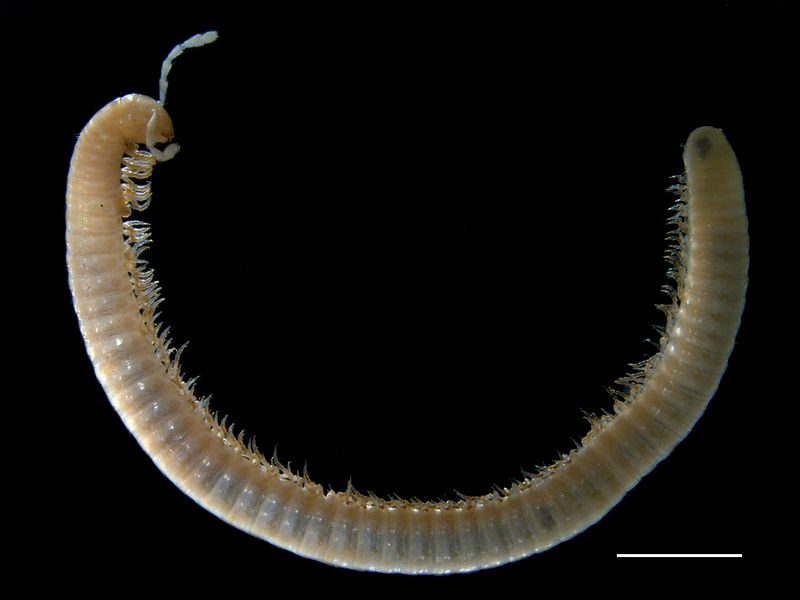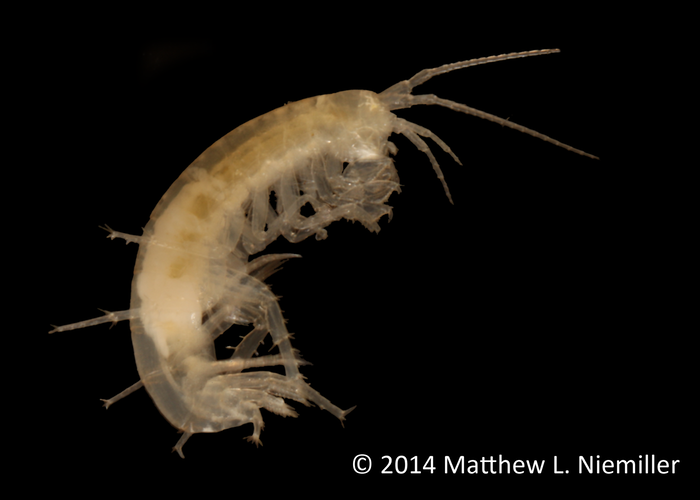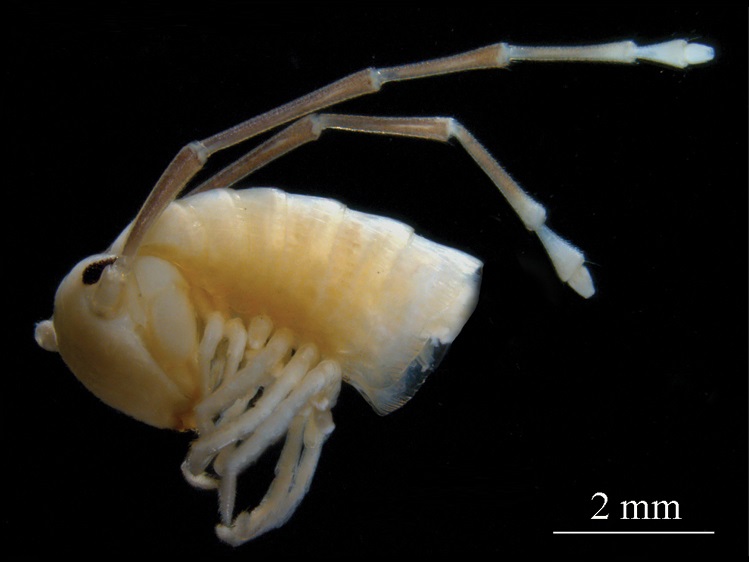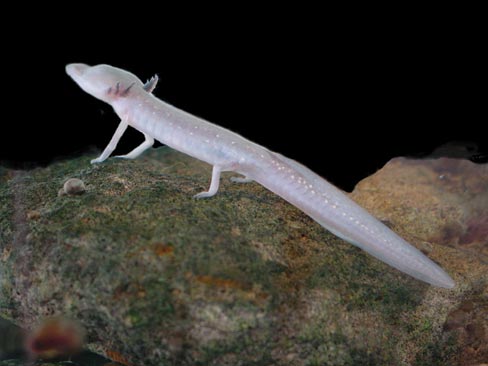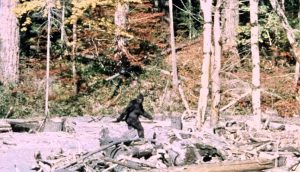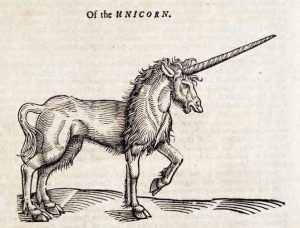6 Strange Cave Dwellers – The Troglobites
Troglobites are animals that, millions of years back, found themselves trapped in a cave. From then on they slowly evolved to thrive in their new, dark, dank, depressing environments. These creatures of perpetual night have specific adaptations – lack of pigment, blindness, dietary changes – that makes it impossible for them to live outside of their cave homes.
Because of these changes over the generations and troglobite’s inability to survive in the open, each cave society develops a distinct selection of biodiversity. Some of these organisms have become so different that they become a new species, a new species that is only found in a single cave system. So, although they are rarely attractive, they are rare.
Some animals spend a lot of time in caves, but also make forays into the wider world, like bats for instance; these are referred to as trogloxenes. Whilst we’re on interesting words lets get the nomenclature out of the way, shall we?
Troglodytes are humans that live in caves; troglofauna are land-dwelling troglobites and stygofauna are aquatic cave species. Troglomorphism refers to the changes in species that help them adapt to cave life and troglophiles are organisms that quite like caves but not enough to live there permanently. Speleobiology is the study of all of the categories mentioned above.
There you go, it’s always nice to learn some new words isn’t it? Not that you’ll get to use “trogloxenes” all that often. Today I’m going to mention just a thimble full of troglobite species.
Beauty Rat Snake
The beauty rat snake, also simply referred to as beauty snake, is a wholly cave-dwelling reptile. As mentioned previously, many troglobites become lighter in colour over progressive generations; this particular critter shows another troglomorphic adaptation: a general change in shape to become longer and more slender. The beauty rat snake can reach up to 8 feet in length.
Kauaʻi Cave Wolf Spider
Only 6 populations of the Kaua’i cave wolf spider are known to exist. All of which are within an area of around 10 square kilometres in the Kōloa–Poʻipū region of Kauaʻi, Hawaii.
They are totally blind, no more than an inch across and harmless to humans. They were first discovered in 1971 and are known locally as the “no-eyed, big-eyed wolf spider.”
Titanophyllum spiliarum
Titanophyllum spiliarum is a cave-dwelling millipede who lives in Greece. He is not particularly beautiful, but he does have a strange “subanal hook” on his bum that helps him stay curled up in a ball.
Stygobromus kenki
Stygobromus kenki is a crustacean who can only be found in Washington, D.C., and Montgomery County, Maryland with an entire range of about 40 square miles.
Sinocallipus
Sinocallipus is a genus of predominantly cave-dwelling millipedes. Five of the six species discovered so far are found in limestone caves on the Indochinese Peninsula from Vietnam to southern China.
Spending an inordinate amount of time in pitch black has given these guys the standard troglobite adaptations – tiny eye, long legs, lack of pigment. They aren’t particularly attractive to look at, but, before humans invented electricity and took it into their caves, nothing had ever seen them before, so it’s our fault, really.
Texas Blind Salamander
This guy is native to the San Marcos Pool of the Edwards Aquifer, San Marcos, Hays County, Texas. He’s blind, around 5 inches long and quite rare.
The first Texas blind salamanders (Eurycea rathbuni) were found in 1895 when they were pulled out of a newly constructed well that drew water from 58 m below the surface.
Go on, give it a kiss.
READ NEXT:
EXAMPLES OF VESTIGIAL BIOLOGY IN HUMANS

